-
Welcome to Tacoma World!
You are currently viewing as a guest! To get full-access, you need to register for a FREE account.
As a registered member, you’ll be able to:- Participate in all Tacoma discussion topics
- Communicate privately with other Tacoma owners from around the world
- Post your own photos in our Members Gallery
- Access all special features of the site
20 City MPG report by keeping rpm around 2k
Discussion in '2nd Gen. Tacomas (2005-2015)' started by bigboxyota, Sep 24, 2012.
Page 1 of 2
Page 1 of 2


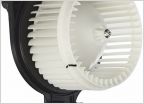 How do I fix a chirping fan in cab?
How do I fix a chirping fan in cab?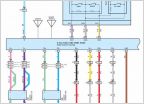 2nd gen aftermarket and stock head units not powering
2nd gen aftermarket and stock head units not powering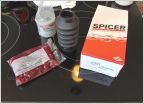 Another driveshaft spline lube question..
Another driveshaft spline lube question..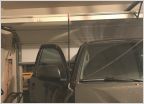 CB Antenna in Factory Antenna Location
CB Antenna in Factory Antenna Location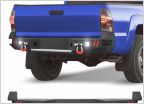 Is there a better version of this Amazon rear bumper?
Is there a better version of this Amazon rear bumper?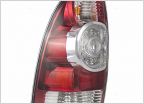 Rear light lens
Rear light lens









































































